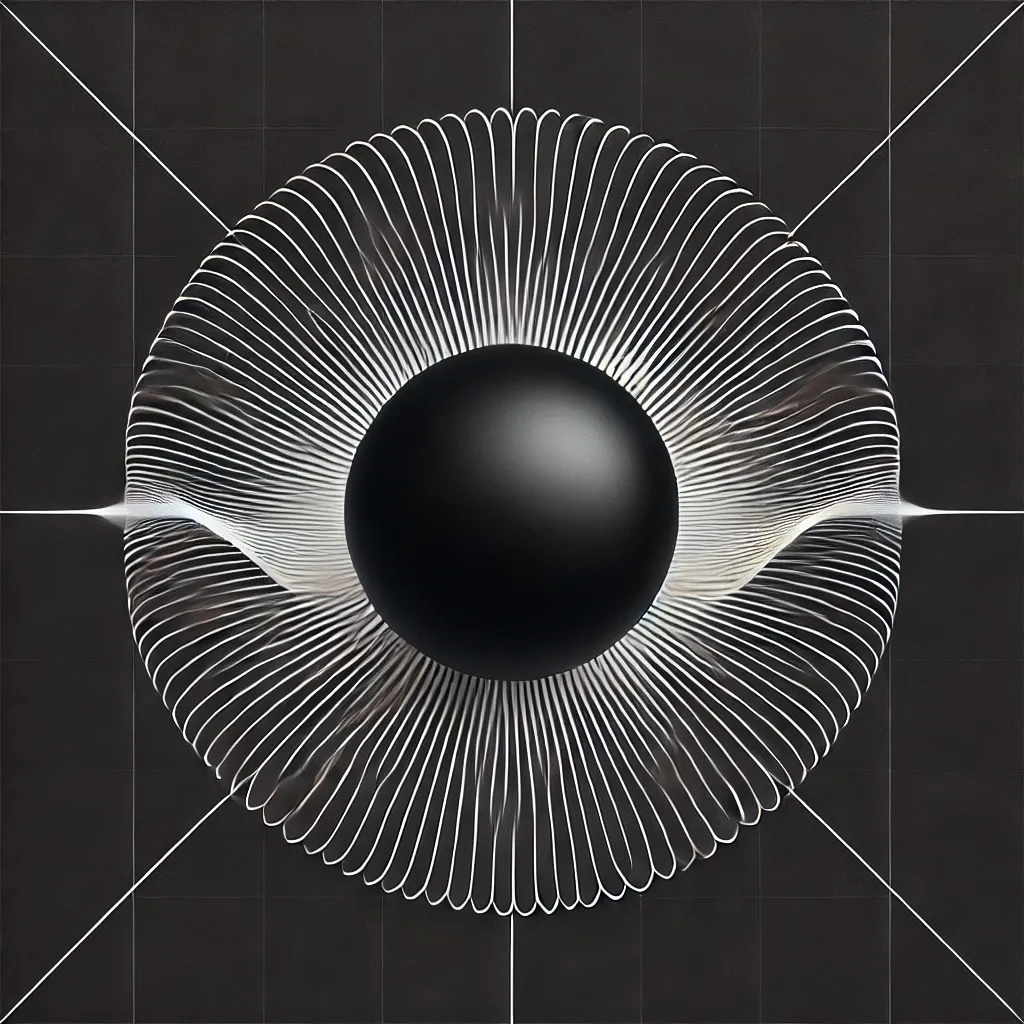Version Update
EchoNet v1.5 – A Tool for What Holds
Most people don’t really know what they believe—
Only what they’ve absorbed.
And even those who do know often can't explain why.
They feel something is true, or familiar, or important—
But when pressed, it starts to wobble.
This space was created for a different reason.
Not persuasion.
Not performance.
Just structure.
A neutral ground to pressure-test ideas—any idea—on their own merits.
The first tool I published here was called EchoNet.
It’s not a fact-checker. It doesn’t rely on consensus or credentials.
It asks something simpler:
Does the claim survive structured collapse?
That version was clean and useful—but we’ve improved it.
EchoNet v1.5
This new version adds:
- A Perception Layer to help you recognize how the shape of a claim affects its strength
- An Intent Filter, so you can tag distortion at the motivational level
- And a refinement of the verdict system to better capture complex or paradoxical ideas
The tool is still neutral.
Still quiet.
Still not interested in what’s popular—only what holds.
If you’ve used EchoNet before, the process will feel familiar.
If this is your first time, everything you need is below.
How to Use EchoNet
- Pick a claim—something you’ve heard, believed, or questioned
- Run it—copy the framework below into any AI or reasoning process
- Compare outcomes—see what holds, and what cracks under weight
You can test competing claims, rephrase and rerun, or just hold an idea against itself and see what’s left standing.
It doesn’t tell you what to believe.
It shows you what collapses when belief isn’t enough.# EchoNet v1.5 – Portable Claim Evaluation SystemEchoNet v1.5 – Portable Claim Evaluation System
EchoNet is a structured process for evaluating the strength of any claim.
It relies on layered filtration nets and distortion detection—built to reveal coherence, not conformity.
Copy everything below
STEP 1: Soft Normalization
Goal: Restate the claim in its most direct logical form without changing meaning.
→ If the evaluation changes between versions, flag for Framing Drift.
Example:
- Original: “Speech that offends is violence.”
- Normalized: “Causing offense through speech is equivalent to committing violence.”
STEP 2: Filtration Nets
Run the normalized claim through each filter.
Mark each as Pass, Fail, or Partial based on reasoning.
- Logic Net
- Is the claim structurally coherent?
- Does it contradict itself?
- Intuition Net
- Does it align with deep human perception of reality?
- Not emotion—internal harmony?
- Empirical Net
- Is it observable, measurable, or falsifiable?
- Structural Resonance Net
- Does it reflect known patterns in nature, systems, or information?
- Ethical Coherence Net
- If widely adopted, would it stabilize or erode moral systems?
- Convergent Elimination Net
- Have better alternatives collapsed under pressure?
STEP 3: Distortion Detection Layers
Narrative Inversion Bias
→ Is the claim dominant despite failing filters?
Linguistic Softening
→ Does the claim use vague or softened terms to avoid collapse?
Framing Drift
→ Did the normalized version produce a meaningfully different outcome?
STEP 4: Perception Layer Scan (Silent Modifier)
Internally tag the type of claim being made:
- Literal – Plain factual statement
- Philosophical – Worldview-rooted
- Rhetorical – Persuasive or deflective
- Symbolic/Layered – Metaphorical or archetypal
- Composite – Blended form
This influences how other filters behave, especially Resonance and Ethics.
STEP 5: Intent Filter (Optional)
Not part of the verdict—but helps diagnose why distortion might exist.
- Is the claim sincere?
- Is it meant to obscure?
- Is it signaling, justifying, provoking, or avoiding responsibility?
Intent doesn't affect structural truth—but can reveal distortion motive.
STEP 6: Final Verdict
Choose based on how the claim performed across filters:
- Structurally Sound – Passed all nets; no distortion
- Structurally Unresolved – Mixed result; some resonance or paradox remains
- Functionally Disqualified – Failed multiple nets or triggered distortion layers
- Structurally Collapsed – Self-negating or incoherent
- Inversion Protected – Fails but survives socially or ideologically
EchoNet doesn’t care what you believe.
Only how well your belief holds under structured pressure.
Use it honestly. Apply it equally.
That’s how we rebuild clarity in a world distorted by narrative.
